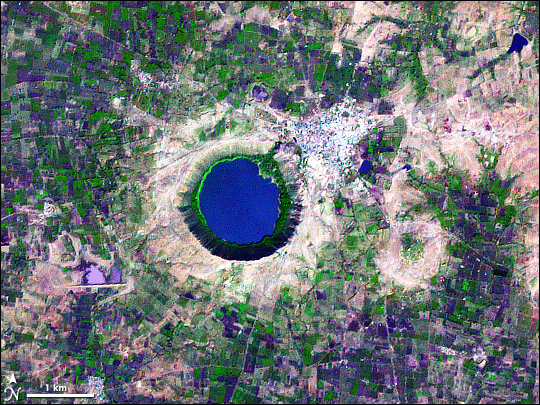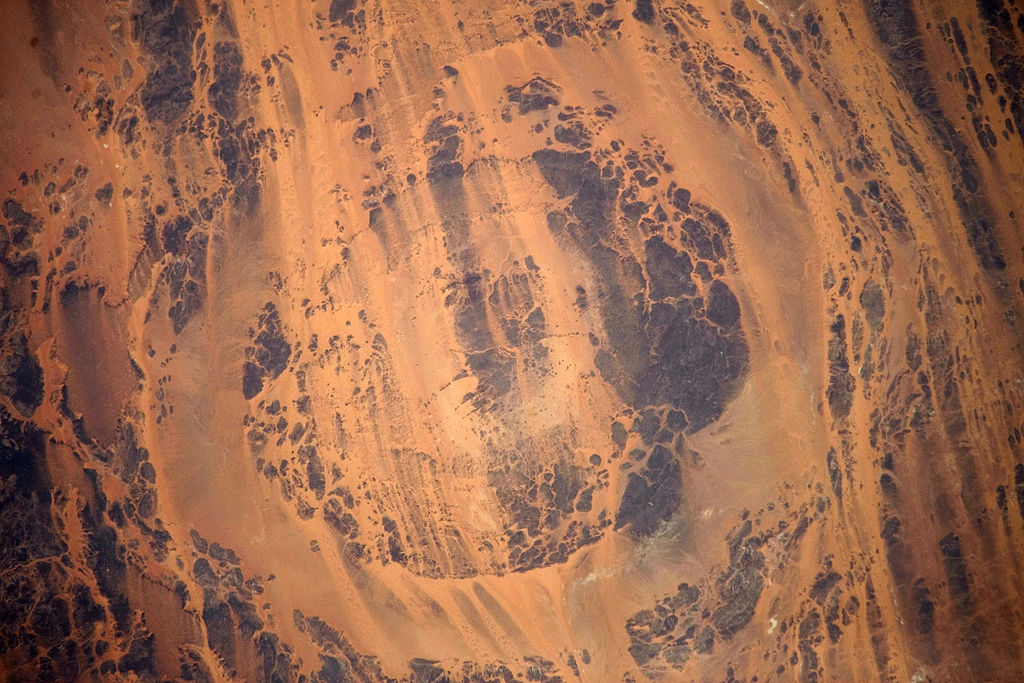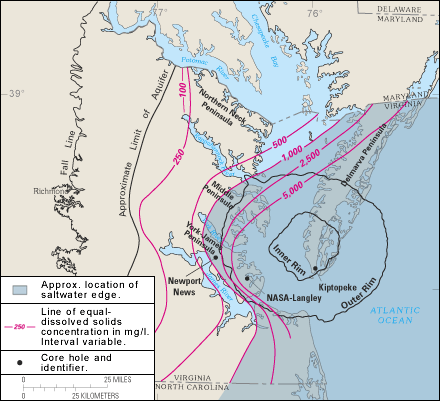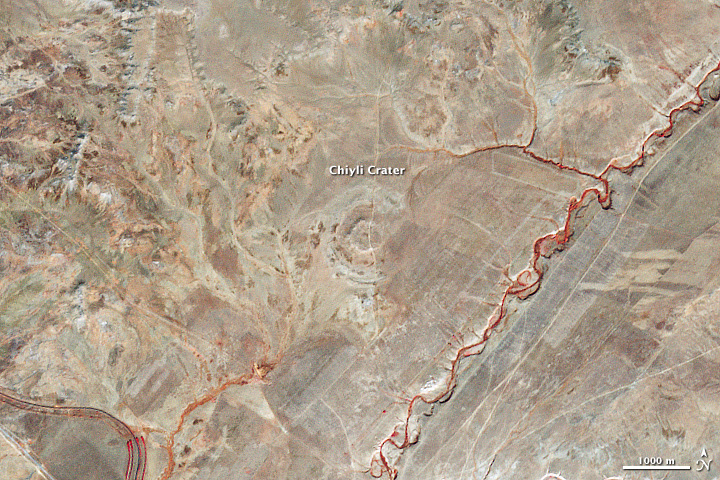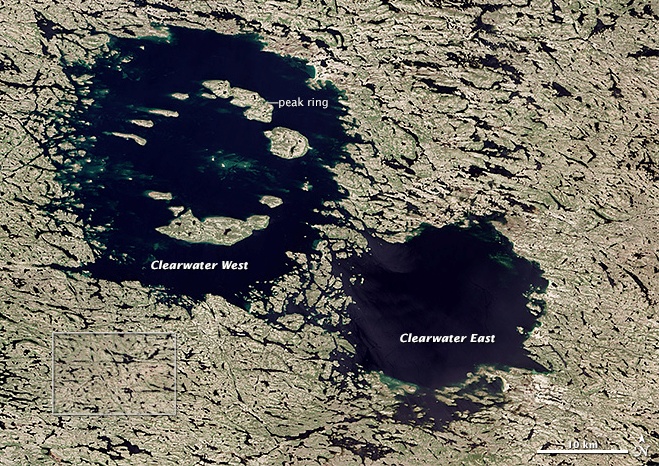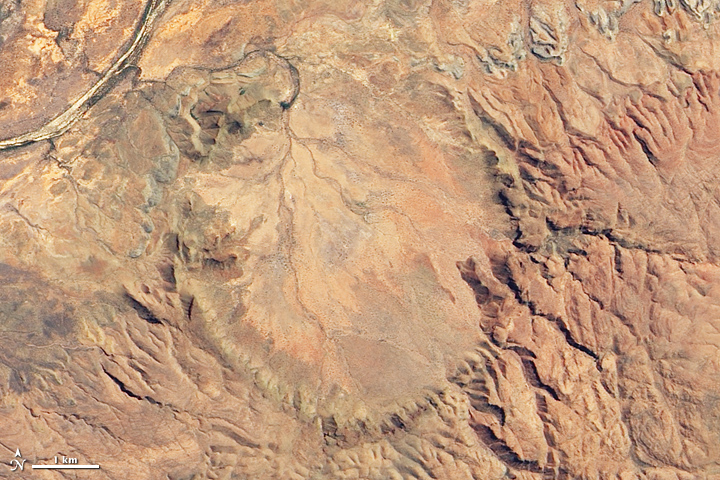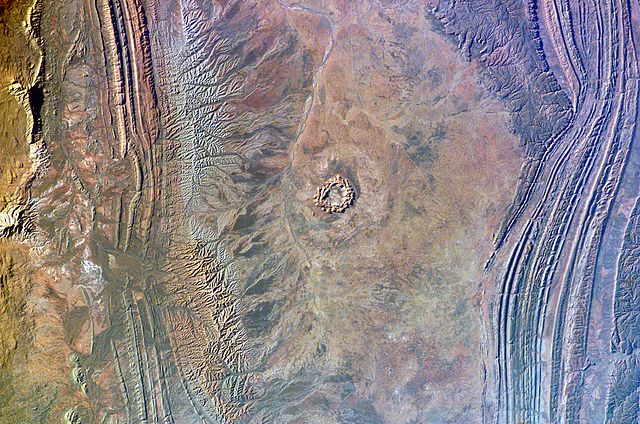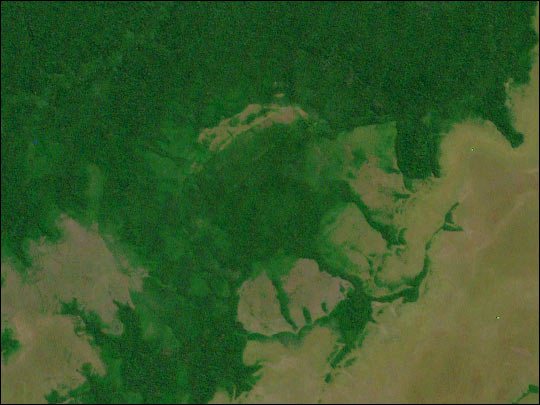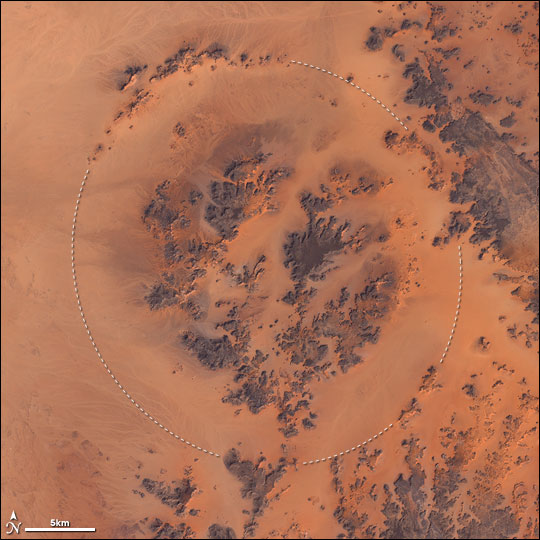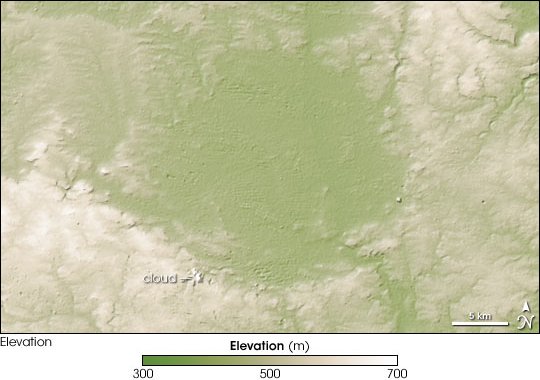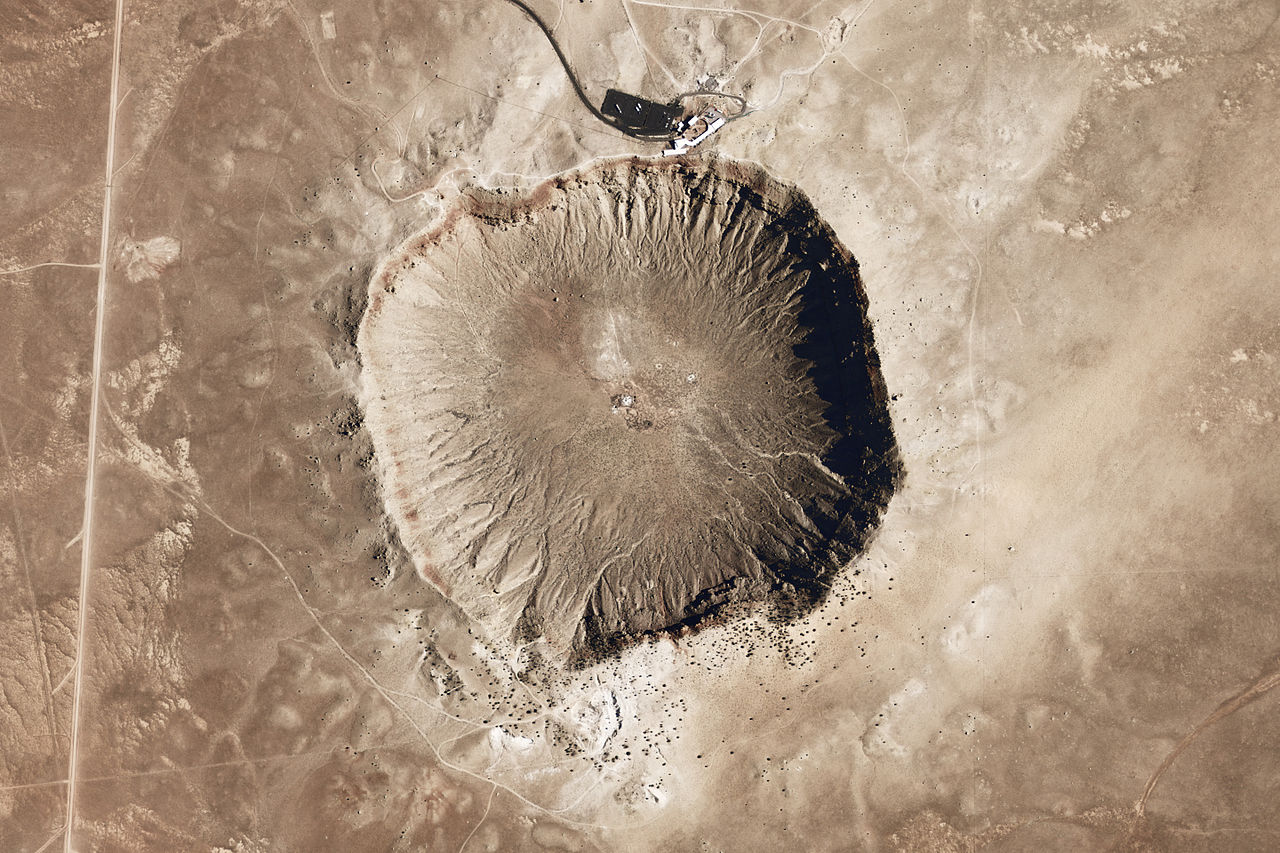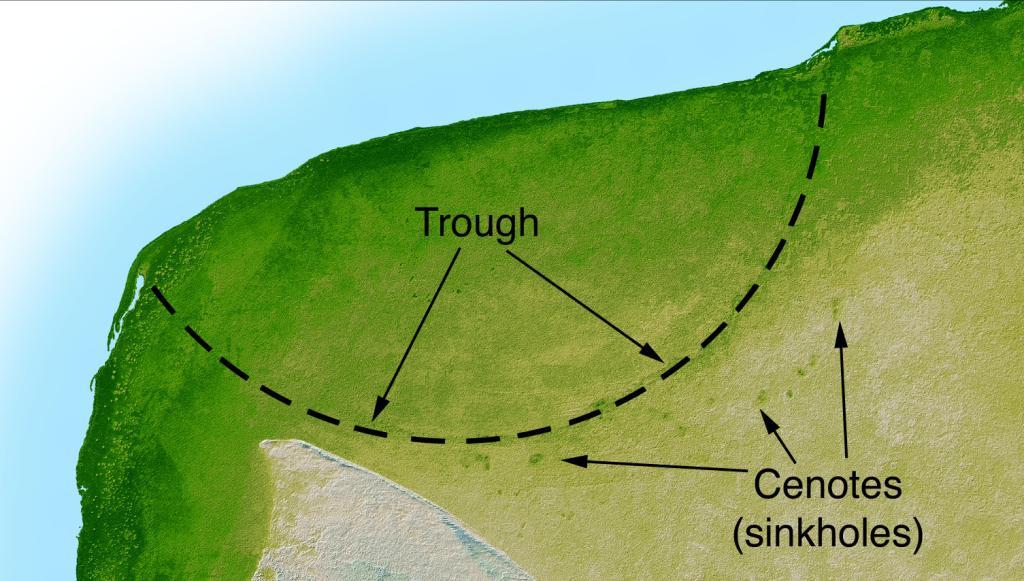Learn Lots Of Fun Facts About Earth’s Impact Craters
Earth’s Ancient Scars!
Since the formation of the solar system the Earth, like all other bodies in the solar system, has endured intense bombardment from the heavens. Yet today on Earth it’s difficult to find evidence of this as Earth has less than 200 confirmed impact craters! The largest is over 300km in diameter and over 2.3 billion years old while the youngest was only formed in 1947!
Facts About Earth’s Craters
Meteorite impacts are one of the most destructive forces of nature in the solar system and also one of the most common! Almost all of the terrestrial planets, moons and small bodies of the solar system show evidence of a violent impact history through the number of impact craters! The 'What's the deal with Impact Craters' page tells you more!
Earth only has 190 confirmed impact craters (as at 2016) while Mars’ surface, on the other hand, is dotted by more than 635,000 impact craters at least 1 kilometre (0.6 miles) wide! Of course Earth’s atmosphere, weathering and tectonics continuously protects, or erases, its surface features over time. This is one reason why you find a disproportionally high number of Earth’s craters near the centres of stable landmasses where they’re preserved and more easily discovered. For these same reasons, Earth’s craters are disproportionately young too, most being less than 500 million years old.
The violent events which form these impact craters may be hazardous to life on Earth, but they are also suspected of bringing important seed compounds and water-ice to Earth in its early history.
What’s Earth’s Largest Crater?
The largest confirmed impact crater is the highly weathered Vredefort crater in South Africa which has a diameter of 300 kilometres (186 miles). An object of approximately 10–15 km (6.2–9.3 mi) in diameter is believed to have caused such a giant impact crater 2.02 billion years ago.
What’s Earth’s Oldest Impact Crater?
The 16 km wide Suavjärvi crater in Russia which is believed to be 2.3 billion years old!
What About Earth’s Youngest Impact Crater?
This is again in Russia and is only 26 m in diameter (& 6m deep) but the amazing thing is it was only formed in 1947 during the Sikhote-Alin meteorite fall! Crazy! Space is Alive!
Can You See The Crater That Caused The Dinosaurs To Go Extinct?
The Chicxulub crater located on the Yucatán Peninsula in Mexico isn’t visible from the surface as it lies mostly underwater and buried but you can see a ring of sinkholes in the fractured limestone around the edge of the old crater. With an original diameter of 170km (105 miles) it is the third largest impact crater on Earth and when it formed 65 million years ago it likely set in motion events that led to the extinction of dinosaurs.
Can Impact Craters Create Diamonds?
Sometimes they can! If a large meteorite strikes an area of Earth crust that’s rich in carbon then the impact's immense pressures and temperatures can convert the carbon into diamonds! A crater 35 million year old 100 km diameter crater in Russia called Popigai crater in one such place!
Earth’s Best Preserved Impact Crater
It’s a baby by impact crater standards, but the Barringer Crater which is 1.2 km across and 175 m deep was formed about 50,000 years ago by the impact of a meteorite about 50 m across. You can visit this terrific example of an impact crater near a town called Flagstaff in the US state of Arizona!
Children’s Activity; Create Craters!
Kids can make impact craters too like meteorites do when they smash into the Earths or the Moon's surface! The craters shape and size depends on the object and the surface! Children can fill a large plastic bowl with layers of flour, baking soda and brown cocoa powder to recreate the Moon’s surface. Then they can drop impactors which replicate an asteroid, (for example a marble) from various heights. Try to throw the marble into the flour from different directions and see the shape of the crater and pattern of the ejected material change!

